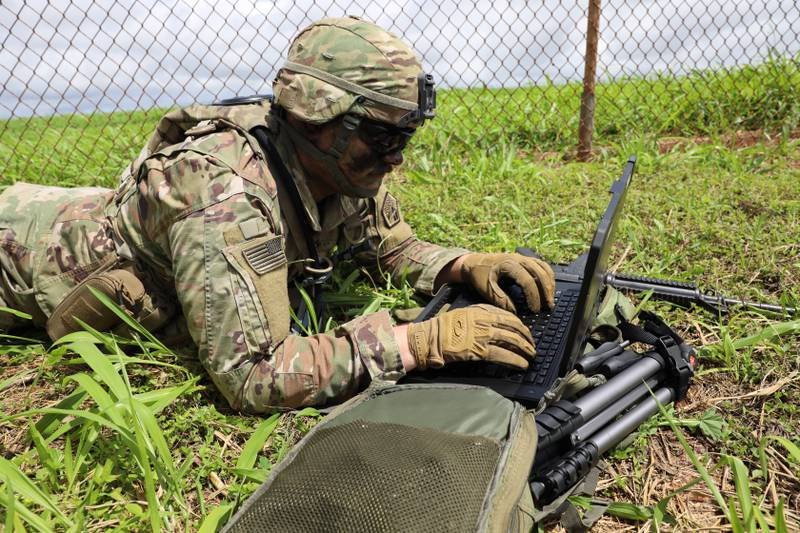McLEAN, Va. — Overhauling aging U.S. Army software that coordinates firepower on the battlefield can be achieved with off-the-shelf products and the system need not be built from ground up, according to Program Executive Office for Command, Control and Communications-Tactical boss Mark Kitz.
“I do not want a from-scratch software development program,” Kitz said Jan. 11 at the Army IT Day conference in Northern Virginia, hosted by the nonprofit Armed Forces Communications and Electronics Association International. “The Army has enough failed software-development programs.”
The Advanced Field Artillery Tactical Data System, or AFATDS, has been used by troops for decades to coordinate mortars, guided missiles and close air support. PEO C3T is pursuing a replacement after considering the system’s age and back-end clunkiness.
But rather than rely on a single contractor to create an original, monolithic program, the office is taking a modular, consortium-based approach that plays off the specialties of each prospective vendor and their existing offerings.
“We want to adapt things that exist today, and we want to be able to iterate and integrate across multiple commercial technologies and government- and industry-developed technologies,” Kitz said.
The service in November posted a request for information for AFATDS and the development of the related Joint Targeting Integrated Command and Coordination Suite, or JTIC2S.
The automated AFATDS program is meant to shrink the window between when information is collected and a shot is fired in response. It fuses situational awareness and targeting data in near-real time. It is also considered a digital cornerstone of several ventures tied to the Long Range Precision Fires Cross-Functional Team, including the Extended Range Cannon Artillery and the Precision Strike Missile endeavor.
RELATED

“Today, we have a really robust capability to do fires, but it was not built for how we have to share data in the future,” Col. Matt Paul, a project manager at PEO C3T, said in Novermber. “We want to work with industry to modernize our fires capability so that we can robustly share data, enable sensor-to-shooter architectures, and be able to iterate the program over time.”
Leidos in 2017 won a contract worth tens of millions of dollars to work on AFATDS. The Virginia-based company at the time promised to improve functionality, update user interfaces and simplifying training models. The company is the 16th largest contractor in the world when ranked by defense revenue, according to Defense News Top 100 analysis.
Colin Demarest is a reporter at C4ISRNET, where he covers military networks, cyber and IT. Colin previously covered the Department of Energy and its National Nuclear Security Administration — namely Cold War cleanup and nuclear weapons development — for a daily newspaper in South Carolina. Colin is also an award-winning photographer.
- SEO Powered Content & PR Distribution. Get Amplified Today.
- PlatoData.Network Vertical Generative Ai. Empower Yourself. Access Here.
- PlatoAiStream. Web3 Intelligence. Knowledge Amplified. Access Here.
- PlatoESG. Carbon, CleanTech, Energy, Environment, Solar, Waste Management. Access Here.
- PlatoHealth. Biotech and Clinical Trials Intelligence. Access Here.
- Source: https://www.defensenews.com/battlefield-tech/it-networks/2024/01/11/kitz-eyes-commercial-software-to-coordinate-us-army-firepower/



